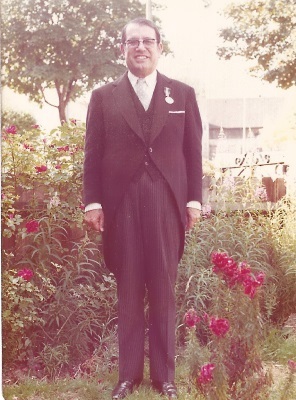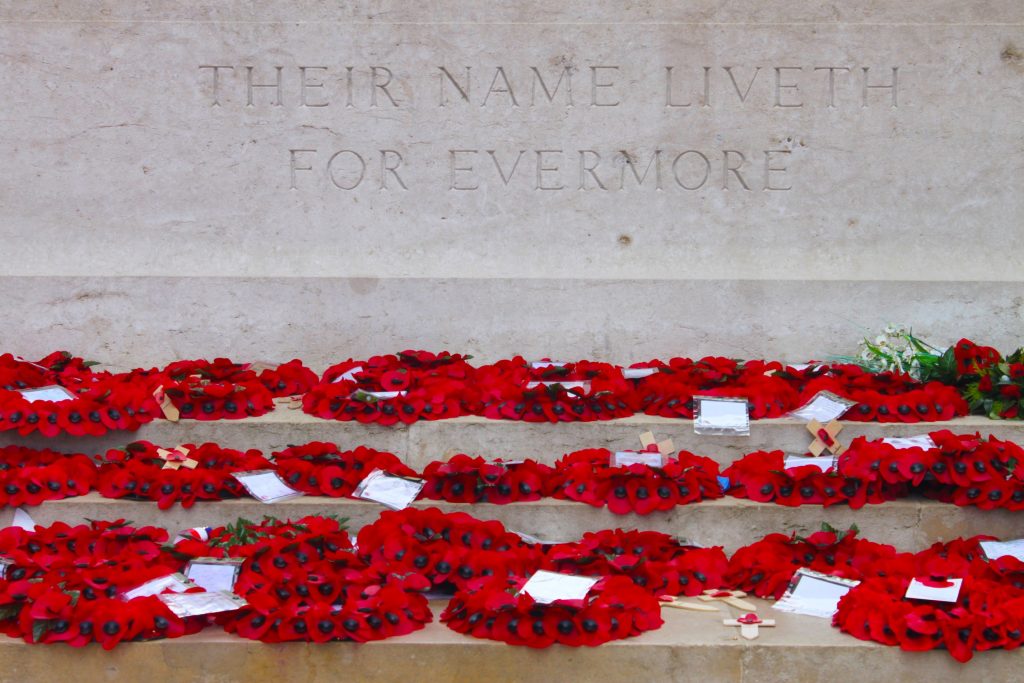Five years ago, an article by John Oakes for T-VINE highlighted how Turkish Cypriots who had fought for Britain had been largely forgotten in the United Kingdom’s annual remembrance services (Turkish Cypriots: Britain’s forgotten soldiers, 11 Nov. 2016).
A new initiative headed by retired British Ambassador Alp Mehmet and John Oakes aims to have Turkish Cypriot soldiers recognised and honoured alongside those from other Commonwealth nations. They need the community’s help to achieve that.
An estimated 30,000 Cypriots – both Greek and Turkish – served in the Cyprus Regiment. Yet for decades, Turkish Cypriots have never had the chance to pay tribute to their relatives who gave their lives for Europe’s freedom.
The annual Remembrance Sunday commemorations that take place across Britain every November allow for representatives of the various regiments who currently, or have served the UK to lay a wreath at the Cenotaph – the war memorial that stands in Whitehall, Central London – and other memorials around the country.
“Sadly, yet again this year no-one will be laying a wreath for them at our national Cenotaph. While representatives of the Commonwealth, including Greek Cypriots, are permitted, that same right has never been extended to the Turkish Cypriot community. It’s time to change that,” wrote John Oakes back in 2016.
He is currently working with Ambassador Mehmet, community representatives and the Royal British Legion to ensure that the contributions of Turkish Cypriot soldiers are, finally, properly recorded and remembered in the UK and across the Commonwealth.

Do you have an uncle or grandfather who served in the Cyprus Regiment or in another part of the British Armed Forces?
If so, we at T-VINE are appealing to you to tell us about all the details you have, including their Regiment number, and any photographs, as the first step towards perpetuating their gallantry and reminding people about them in future years.
You can email info@t-vine.com with Cyprus Regiment in the Subject Line, and T-VINE will forward these to the Turkish Cypriot Cenotaph team.
Brief history of the Cyprus Regiment
Cyprus came under British rule in 1878 and formally became a British colony in 1925, remaining so until its independence in 1960.
The Cyprus Regiment was established on 12 April 1940, resulting in Cypriot soldiers joining the war effort during World War II. It included Infantry, Mechanical, Transport and Pack Transport Companies. Over 10,000 were serving in the regiment at its peak in 1944.
The Cyprus Regiment was primarily given transport duties, which as John Oakes noted is “a role which sounds relatively safe until you realise that this meant driving mules laden with vital water, ammunition or medical supplies right up to the front line under heavy shelling, with no covering fire, and defending yourself into the bargain.”
Cypriot mule drivers were the first colonial troops sent to the Western Front, and served in France, Ethiopia and Italy carrying equipment and supplies to areas inaccessible to vehicles.
On a brief visit to Cyprus in 1943, Winston Churchill rightly praised the “soldiers of the Cyprus Regiment who have served honourably on many fields from Libya to Dunkirk.”

Cypriot troops fought in the Battle of France, in the Greek Campaign (the Battle of Greece, in which about 600 soldiers were captured at Kalamata, in 1941 and transported by train to prisoner of war camps), North Africa (Operation Compass), France, the Middle East and Italy.
Many soldiers were taken prisoner, especially at the beginning of the war and were interned in various prisoner of war camps, including Stalag VIII-B Lamsdorf, Stalag IV-C at Wistritz near Teplitz (now in the Czech Republic), and Stalag IV-B near Dresden.
It is believed as many as seven thousand Turkish Cypriots could have served in the Cyprus Regiment, and hundreds of them will have died while serving Britain. Others survived, but have the battle scars and stories to show for their valiant efforts.
Little is known about them – a very few known for their outstanding bravery were “Mentioned in Dispatches” that were published in the London Gazette at the time:
“W/s Cpl Houssein A, Ws/Cpl Kara-Mustafa, Ws/Cpl Houdaverdi, Ws/Sgt Avraam A.G., Ws/Sgt Kiamil, Ws/Sgt Mehmed F., Ws/Sgt Osman, Ws/Sgt Refik, Pte Abdullah E.R., Pte Dilaver, Pte Hassan, Pte Mustafa Kutchuk, …Dr R Fehmi.
“Awarded the Military Medal: Sgt Mustafa I.S., Cpl Shukri O.”
There was also Colonel Ömer Faik Müftüzade, who commanded the Cyprus Regiment for part of the war. He was subsequently awarded the George Medal for bravery, and the Queen’s Medal for Gallantry.
The Cyprus Regiment was disbanded in 1950. Greek and Turkish Cypriots, and others from smaller Cypriot communities, such as Armenians and Maronites, continued to serve the British Armed Forces until independence.
Main image, top, of the World War One British memorial to the missing of the Somme, Thiepval, France, Oct. 2020. Photo © Cross-Keys-Media / Unsplash





